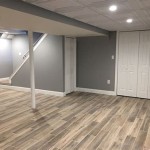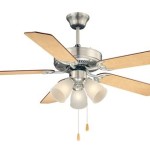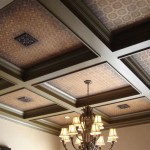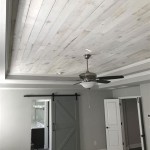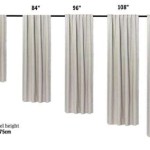Adhesive Ceiling Tiles: A Comprehensive Guide
Adhesive ceiling tiles are a versatile and affordable solution for enhancing the aesthetics and functionality of your ceiling. These tiles are self-adhesive, making them easy to install without the need for special tools or professional help. In this article, we will delve into the essential aspects of adhesive ceiling tiles, including their types, benefits, and installation process.
Types of Adhesive Ceiling Tiles
Adhesive ceiling tiles come in a wide range of materials, textures, and designs, allowing you to customize your ceiling according to your personal taste and the style of your room. Here are the commonly available types:
- Vinyl Ceiling Tiles: Vinyl tiles are waterproof, durable, and easy to clean, making them suitable for areas prone to moisture, such as kitchens, bathrooms, and basements.
- Fiberglass Ceiling Tiles: Fiberglass tiles are fire-resistant, making them an excellent choice for commercial buildings and areas where safety is a concern.
- Styrofoam Ceiling Tiles: Styrofoam tiles are lightweight, inexpensive, and provide sound insulation, making them ideal for offices, bedrooms, and other quiet spaces.
- Metal Ceiling Tiles: Metal tiles are durable, corrosion-resistant, and can withstand extreme temperatures, making them suitable for industrial settings and outdoor areas.
- Wood Ceiling Tiles: Wood tiles add a touch of warmth and elegance to a room. They are available in various wood species and finishes.
Benefits of Adhesive Ceiling Tiles
Adhesive ceiling tiles offer numerous benefits that make them a popular choice for home and commercial applications:
- Quick and Easy Installation: Adhesive tiles are self-adhesive, eliminating the need for nails, screws, or glue. They can be installed directly onto existing ceilings, saving time and labor costs.
- Versatility: Adhesive ceiling tiles can be used in a wide range of rooms, including kitchens, bathrooms, living rooms, offices, and basements.
- Water Resistance: Vinyl and fiberglass tiles are water-resistant, making them suitable for areas with high humidity or moisture.
- Fire Resistance: Fiberglass tiles offer fire resistance, adding an extra layer of safety to your space.
- Sound Absorption: Styrofoam tiles help absorb sound, reducing noise levels in rooms and creating a more comfortable environment.
- Durability: Metal and vinyl tiles are highly durable, ensuring they can withstand wear and tear over time.
Installing Adhesive Ceiling Tiles
Installing adhesive ceiling tiles is a relatively simple process that can be completed in a few steps:
- Surface Preparation: Ensure the ceiling surface is clean, dry, and free from dust or debris. Fill any holes or cracks with spackling paste and sand the area smooth.
- Layout Planning: Plan the layout of the tiles by measuring the ceiling and marking the center point. Draw a grid of lines to guide the placement of the tiles.
- Peel and Apply: Start by peeling off the backing of one tile and aligning it with the center point. Gently press the tile onto the ceiling, starting from the center and working your way outwards.
- Butt Joining: Butt the edges of adjacent tiles tightly together to create a seamless appearance. Ensure the tiles are level and properly aligned.
- Finishing Touches: Once all the tiles are installed, use a sharp utility knife to trim any excess material around the edges.
Conclusion
Adhesive ceiling tiles are a convenient, cost-effective, and versatile solution for improving the aesthetics and functionality of your ceiling. With a wide range of types and benefits to choose from, you can find the perfect tiles to complement your space and meet your specific needs. By following the installation instructions carefully, you can ensure a seamless and professional finish.

How To Install Glue Up Ceiling Tiles Ceilume

How To Install Glue Up Ceiling Tiles

Keep Heavy Tile On The Ceiling Fine Homebuilding

Ceiling Tiles Styrofoam Loctite Easy Installation Guide

How To Tile A Ceiling Tips And Guidelines Howstuffworks

Say Goodbye To Messy Popcorn Ceilings Diy Guide Covering With Glue Up Ceiling Tiles

How To Install Glue Up Ceiling Tiles Ceilume

How To Install Styrofoam Ceiling Tiles At Home With Ashley

Armstrong Ceilings Washable White 1 Ft X Clip Up Or Glue Ceiling Tile 40 Sq Case 231g The Home Depot

Basement Remodel With Ceiling Tiles By Us Giveaway Finding Zest
Related Posts

